QuestionHi, I'm picking up my mini pin this week he'll be 8 weeks what should I feed him? I don't know how much is the right amount either; but I was hoping you'd know
AnswerHi Katalina,
Congratulations on getting a puppy!
Dogs and puppies actually have pretty sensitive digestion systems, and a sudden change in food, on top of excitement of arriving in his new home, could cause an upset stomach, or diarrhea. For that reason (at least for the first few days) it is a good idea to continue feeding the same type and brand of puppy food your puppy had been receiving, and use the same feeding schedule the puppy was on before he came to you. Just ask the breeder, or whomever you're getting your puppy from about this.
Then you can slowly start using whatever food you have chosen. By "slowly" I mean over the course of 7-10 days, go from feeding 100% of the previous food to 100% of the new food. For example, make a mixture that contains 25% of the new food and 75% of the old food and feed that for a couple of days days. Then make it 50-50 for a few days, then 75% new food to 25% old food for a few more days. Then you can start feeding 100% new food.
Dry foods are more economical to use than canned or semi-moist, and are easier to use, and in my opinion, better for your puppy. Dogs on dry foods typically have fewer intestinal upsets, and have fewer problems with unwanted weight gain. Dry food is also the only food that helps satisfy your puppy's need to chew.
Right from the start, get your puppy on a feeding schedule. What goes in at a certain time, comes out at a certain time. This helps make house training easier. Puppies between approx. 7 and 16 weeks old should be fed three times per day - once first thing in the morning, once around noon, and finally at around 5-6pm. After four months, you can feed a puppy twice daily on a regular schedule.
The puppy food you choose will have a recommendation of how much to feed, based on size and age. The actual amount can vary from brand to brand, based on the quality of the ingredients. The recommended amount is a good place to start, but many puppies need less than what is on the bag, and a some may need more. Keep an eye on the food, and adjust the amount you feed to maintain your puppy at an optimal weight. Your veterinarian can help you determine the proper amount to feed. Remember to have always have water available with or immediately following the meal.
When selecting a puppy food, you'll have to read the package labels. The best dry puppy food will have no more than 25 percent protein, a proper balance of calcium and other nutrients, and little or no filler. Read the ingredients list on your package dry puppy food, and look for a named source of meat (such as Chicken, Beef, etc., not just "meat") listed in the first 5 ingredients, vegetable, and grain products rather than by-products. A named source of "meal", such as chicken meal, has much more protein in it than regular chicken because all the water has been removed. So something like chicken meal (or beef meal, etc.) would be acceptable in the first 5 ingredients.
If possible, it's best to avoid a diet with corn, wheat, glutens, dairy or soy. Dogs can become allergic to grains like corn and wheat, so starting them off on these grains is not a good idea. It's also really wise to avoid a diet that contains chemical preservatives (BHA, BHT and ethoxoquin), artificial colors, salt, or sweeteners. (Your puppy is already sweet enough!)
Look for a food preserved with Vitamin E, also called "Mixed Tocopherols".
Read more about selecting a good quality puppy food here:
http://www.peteducation.com/article.cfm?cls=2&cat=1661&articleid=2661
You can compare different brands of dog and puppy foods side by side here:
http://www.naturapet.com/tools/comparison.asp
Feeding and house training go hand in hand. Though you didn't ask about house training your puppy, here are two web pages you can read on the subject:
http://www.darnfar.com/Dog%20Training/housebreaking_a_puppy.htm
http://www.peteducation.com/article.cfm?cls=2&cat=1548&articleid=157
I hope I've been a help.
Best of luck to you, and your new puppy,
Patti

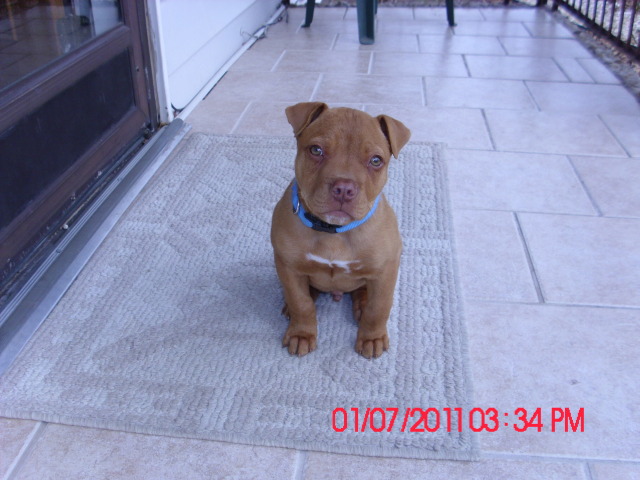 puppy medical concerns
Question
Rusty
my 11 week old red nose pit bull at time
puppy medical concerns
Question
Rusty
my 11 week old red nose pit bull at time
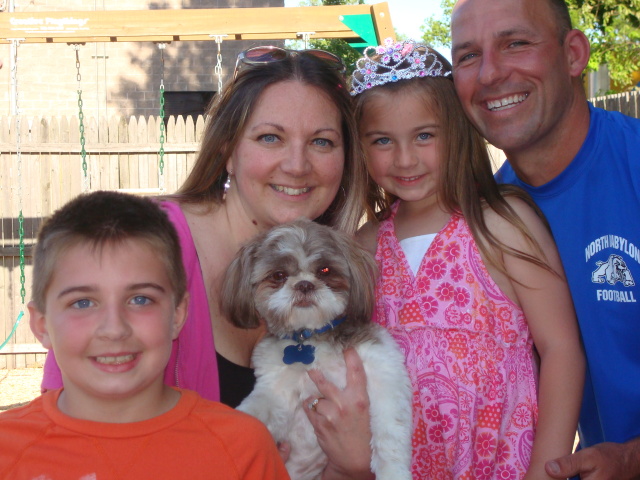 18month old sweet shih tzu starting to growl at me
Question
our family
Hi Valentina,
I have recently beco
18month old sweet shih tzu starting to growl at me
Question
our family
Hi Valentina,
I have recently beco
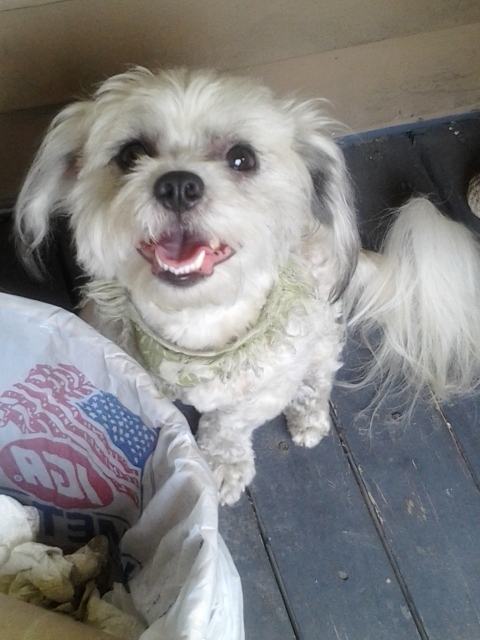 My shitzu/bision (is on facebook)
Question
Barkley
Barkley Layberger ,my dear 2 ye
My shitzu/bision (is on facebook)
Question
Barkley
Barkley Layberger ,my dear 2 ye
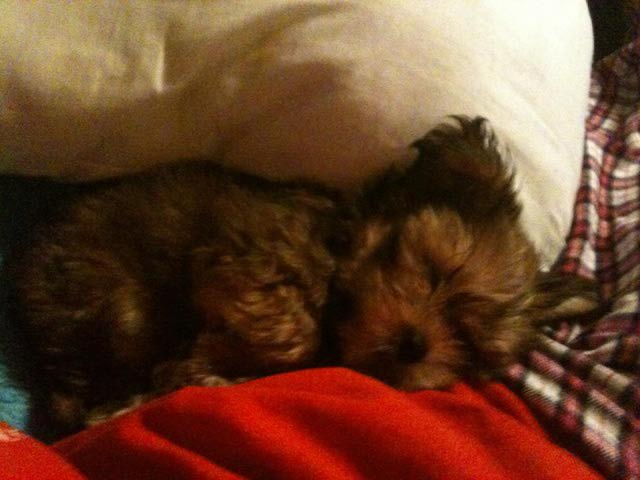 willpups hair grow back to original color
Question
here is his color befo here is after &nb
willpups hair grow back to original color
Question
here is his color befo here is after &nb
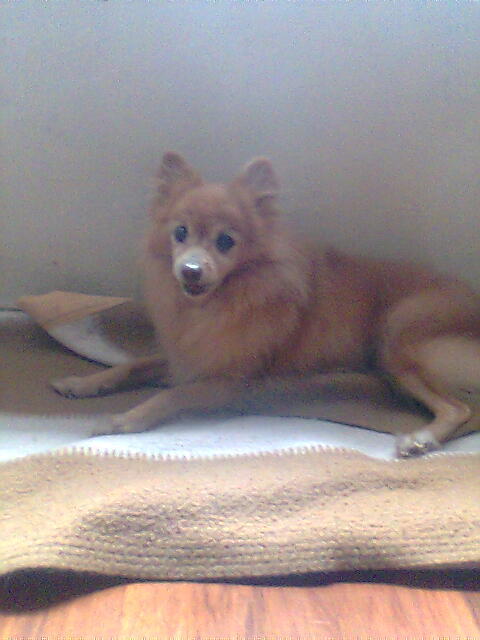 Mastitis
QuestionQUESTION: Good morning Karen.
My Pomeranian is
Mastitis
QuestionQUESTION: Good morning Karen.
My Pomeranian is